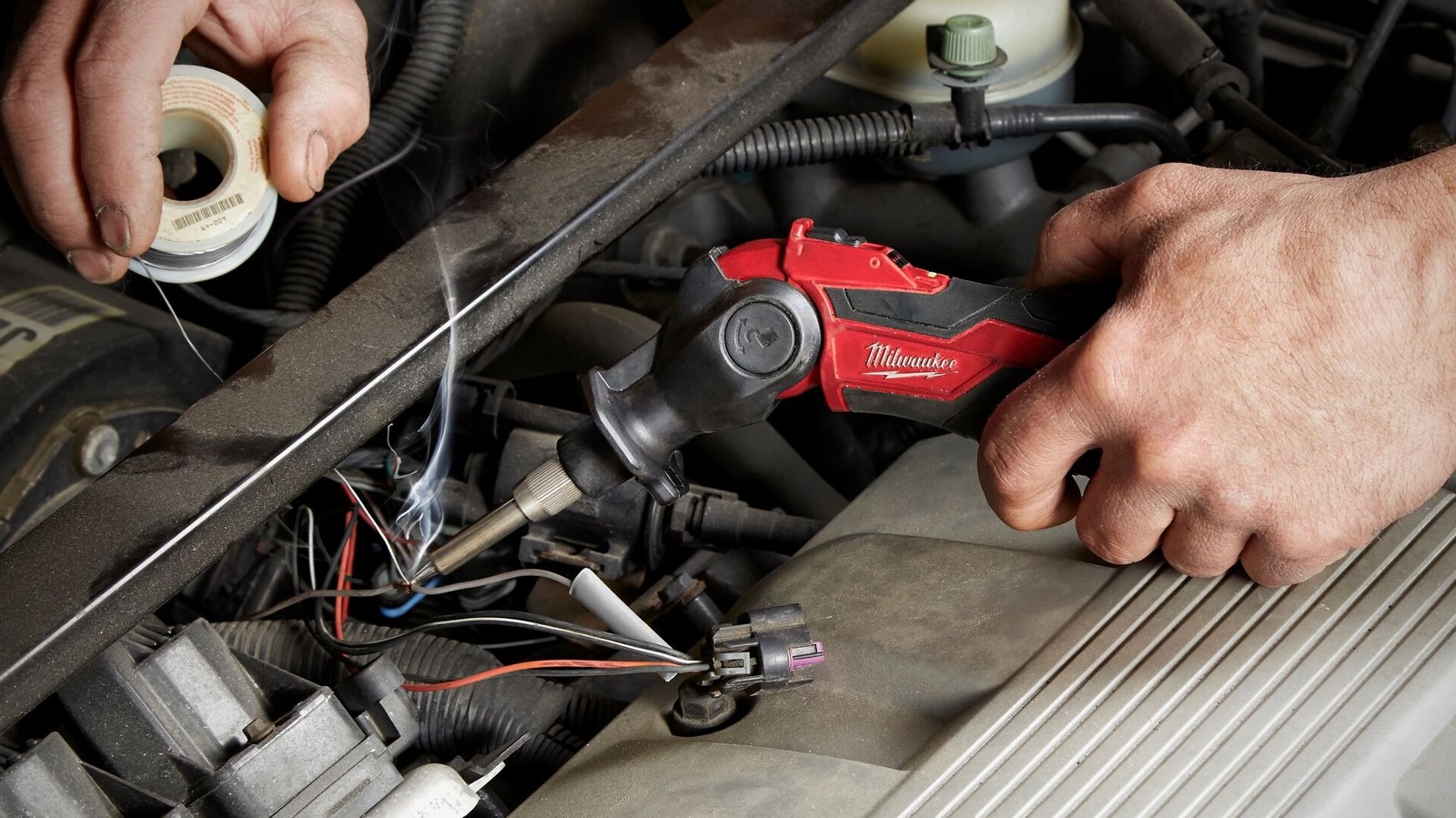NEW YORK (AP) — Amazon wants the public and – especially other businesses – to know it’s not giving up on its Just Walk Out technology.
Although the company is ditching the cashier-less checkout system at its Amazon Fresh grocery stores, it plans to sell the technology to more than 120 third-party businesses by the end of the year. Reaching that goal would double the number of non-Amazon enterprises that use Just Walk Out compared to last year.
“For us, really making sure that we can service that third-party market is the most important thing,” Jon Jenkins, the vice president of Just Walk Out at Amazon, said in an interview. “We’ve definitely been reassuring people that we are in this for the long haul.”
Just Walk Out uses cameras, artificial intelligence and sensor trackers to determine what’s taken off of shelves, enabling customers to grab what they want and leave if they insert a credit card or another payment method at a store’s entry gate.
The retailer first began offering the technology to other businesses – such as sports stadiums – in 2020, two years after it started using it at Amazon Go convenience stores. Those stores and some Amazon Fresh stores in the U.K. will continue to offer Just Walk Out. But the technology will be replaced with smart carts at Fresh stores in the U.S., Amazon announced this month.
Smart carts, which are already available in some Amazon Fresh locations, use sensors to identify items placed inside and have screens that allow customers to see nearby deals as well as how much their groceries will cost. Customers can skip the checkout line by scanning and tallying up items on its cameras.
The change comes as Amazon is working to revamp its Fresh stores with a mix of technology and traditional grocery offerings that will help it attract more customers. The company’s grocery store brands include Amazon Fresh and Amazon Go, as well as supermarket chain Whole Foods, which it purchased in 2017 for $13.7 billion.
But Amazon’s efforts to become a giant in the U.S. grocery market hasn’t been easy. Early last year, CEO Andy Jassy wrote in his annual letter to shareholders that the company was working to find the formula that would allow it to make a larger impact in brick-and-mortar grocery stores.
Jenkins argued that removing Just Walk Out from U.S. Amazon Fresh stores did not reflect a miscalculation by the company. Instead, he described the decision as an outgrowth of an experimentation process to figure out what does and doesn’t work for shoppers.
“What we found is customers in big grocery stores want a shopping assistant to travel along with them,” he said. Meanwhile, “shoppers in smaller store formats tend to be very mission driven. They want to get in and out quickly, with as little friction as possible.”
Abandoning the technology in many of its own stores could make it challenging for Amazon to sell Just Walk Out to other businesses. But some experts think the move also could expand adoption among smaller-format stores and locations akin to Amazon Go stores.
John Clear, a senior director at the professional services firm Alvarez & Marsal, says he believes cashier-less technology is going to become more common in grab-and-go shopping areas where human interaction tends to be limited, labor is hard to come by and businesses are almost always attempting to cut down on costs.
“We’re seeing a natural evolution of the technology, kind of expanding where it’s working” and drawing back where it’s not, Clear said.
In its attempt to sell its technology to other businesses, Amazon is also trying to counter some recent viral social media posts that claimed the checkout system was not a technological marvel but was instead powered by contractors in India who manually added up items in carts as customers shopped.
Business publication The Information and news website Vox reported in the past that Amazon used human reviewers for the technology, which the company has acknowledged. Jenkins said the company hires associates who take some video clips and label them so they can be used to train the machine learning system.
But the notion “people in India are watching you shop live in a store and figuring out what you bought is completely inaccurate,” he said.
In some cases, when the system was not able to figure out what happened in a store, a human watches a snippet of video to make sure the receipt a customer received was accurate, Jenkins added. Such reviews happen in a “small minority” of cases, he said, declining to give an estimate.
Jenkins also declined to share how many people the company has hired to review and label videos. However, he said it was less than the 1,000 figure cited in media reports.






